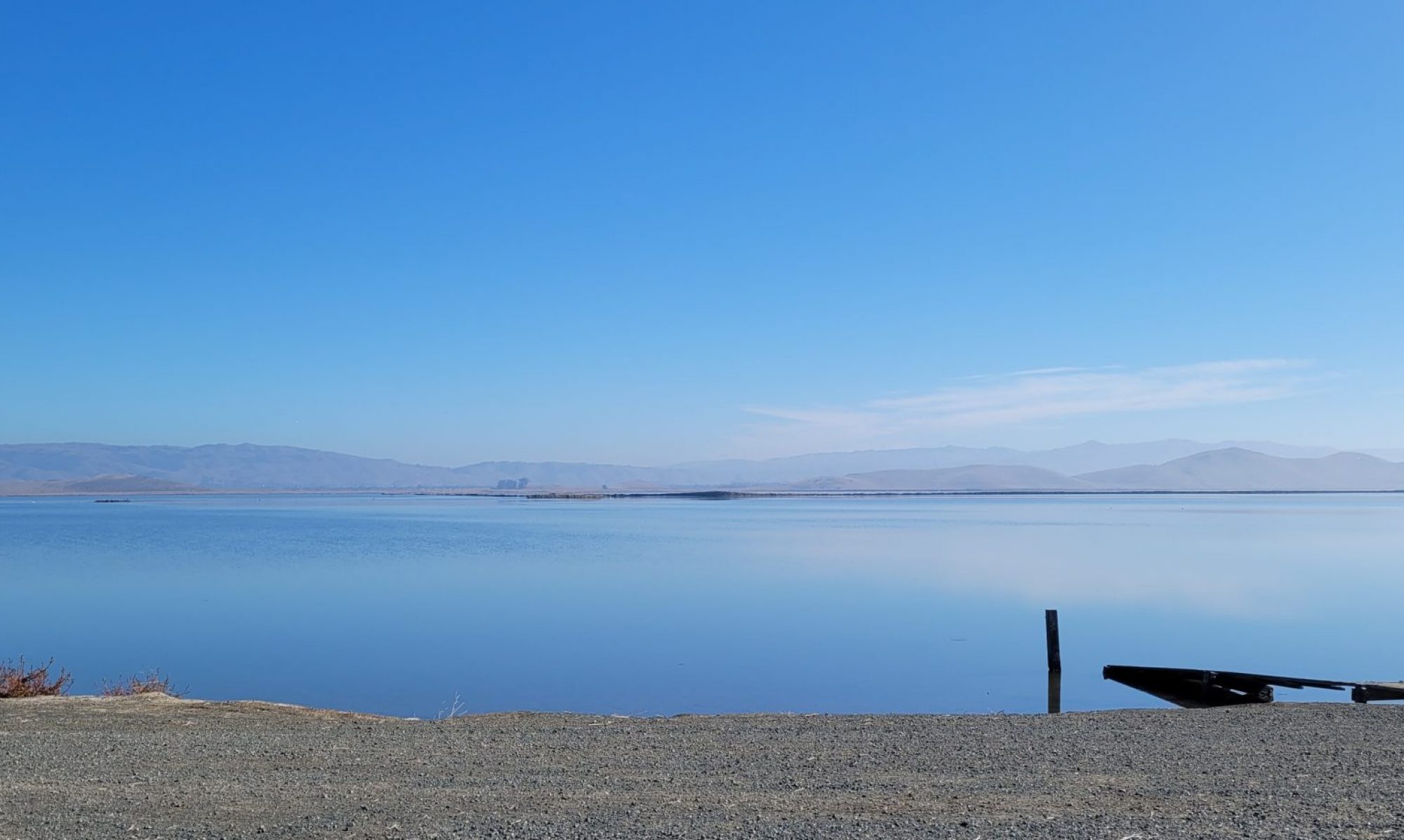
I am absolutely positive that on January 1, 2000 I made a point of explaining to everyone how it was not the new millennium. The correct way to count the beginning of decades and millenniums is on year one, you see, so everyone was confused. The New York Times and The Farmer’s Almanac backed me up on this, and, while common knowledge was throwing ticker tape and blaring trumpets and partying like it was the end of 1999, common knowledge couldn’t hold a candle to fact and correctness. Only one problem.
I was wrong.
So was/is the Times and the Farmer’s Almanac and the US Naval Station and what will be the tsunami of nitpickers and fact porn purveyors who are about to begin that drumbeat again. I’ve already seen a few Facebook posts that begin with “Look, people…” It’s seductive, almost irresistible, but you can hold fast. Facts are more flexible than we might think.
This is absolutely the end of the 2010s, as I will literally explain below.
Anno Domini Was a Figment of Denis’ Imagination
Here’s the issue at hand. When the calendar was created–and it was created, it’s an artificial construct rather than being a natural phenomenon like atoms which had to be discovered–when the calendar was created, assumptions were made. As the many articles being written this week will tell you, the monk Dionysius Exiguus in 525 created a labeling system of years because people were using all different dates for their own purposes. (Dionysius stands for Little Denis, by the way, which is why a monk would be named after the Greek god of drunkenness and debauchery).
Continue reading “Let’s Evolve the Decade”

